Embarking on a sartorial journey, let’s delve into the world of what are traditional fabric and dresses. These garments, steeped in cultural heritage, embody the essence of different regions and epochs, serving as a testament to human creativity and craftsmanship.
From the vibrant colors and intricate patterns of Indian saris to the flowing robes and embroidered keffiyehs of the Middle East, traditional dresses showcase the diversity of human expression. They are not merely garments; they are living canvases that tell stories of identity, beliefs, and traditions.
Traditional Fabric and Dresses
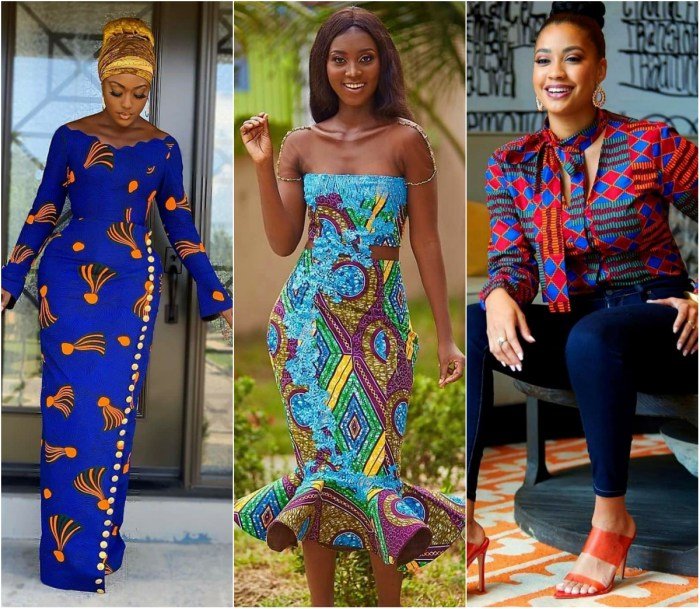
Traditional fabric and dresses refer to textiles and garments that hold cultural and historical significance within specific communities or regions. These fabrics and dresses often embody the cultural identity, beliefs, and artistic expressions of a particular group of people.
Traditional fabrics vary widely across cultures, with each region utilizing unique materials and techniques. Some examples include:
- India:Silk, cotton, and wool are commonly used in traditional Indian fabrics, often adorned with intricate embroidery and embellishments.
- Japan:Kimono fabrics, made from silk or cotton, are known for their delicate patterns and vibrant colors.
- Scotland:Tartan, a woolen fabric with a distinctive checkered pattern, is synonymous with Scottish culture.
Traditional dresses play a significant role in cultural celebrations, religious ceremonies, and daily life. They often reflect the social status, marital status, and regional identity of the wearer. For instance, in many African cultures, traditional dresses are worn during weddings, funerals, and other important occasions to honor ancestors and connect with the community.
Types of Traditional Dresses
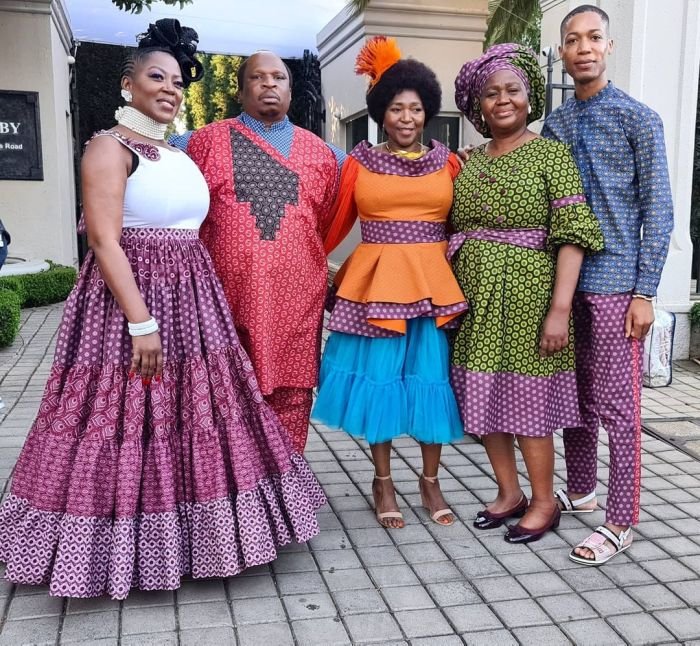
Traditional dresses, steeped in cultural heritage and regional identity, showcase a diverse array of designs, styles, and fabrics. These garments often serve as emblems of a community’s history, traditions, and artistic expression.
The classification of traditional dresses can vary based on geographical regions, cultural groups, and specific occasions. Each type possesses unique characteristics, reflecting the local climate, social customs, and aesthetic sensibilities.
Regional Variations
- Asian Traditional Dresses:Kimono (Japan), Hanbok (Korea), Cheongsam (China), Sari (India)
- European Traditional Dresses:Dirndl (Germany), Kilt (Scotland), Trachten (Austria), Breton Stripe (France)
- African Traditional Dresses:Dashiki (West Africa), Kente Cloth (Ghana), Buba (Nigeria), Kaftan (North Africa)
- American Traditional Dresses:Huipil (Mexico), Poncho (South America), Powwow Regalia (Native American)
- Oceanian Traditional Dresses:Lava-Lava (Polynesia), Tapa Cloth (Samoa), Pareo (Tahiti), Hula Skirt (Hawaii)
Cultural Influences
Cultural factors significantly influence the design and symbolism of traditional dresses. For instance:
- Religious Beliefs:Traditional dresses may incorporate religious symbols or motifs, reflecting the community’s spiritual practices.
- Social Status:In some cultures, traditional dresses denote social hierarchy or specific roles within the community.
- Occupational Identity:Traditional dresses can serve as uniforms for specific occupations, such as farmers, artisans, or musicians.
- Festivals and Ceremonies:Many traditional dresses are worn exclusively during festivals, weddings, or other special occasions.
Cultural Significance and Symbolism
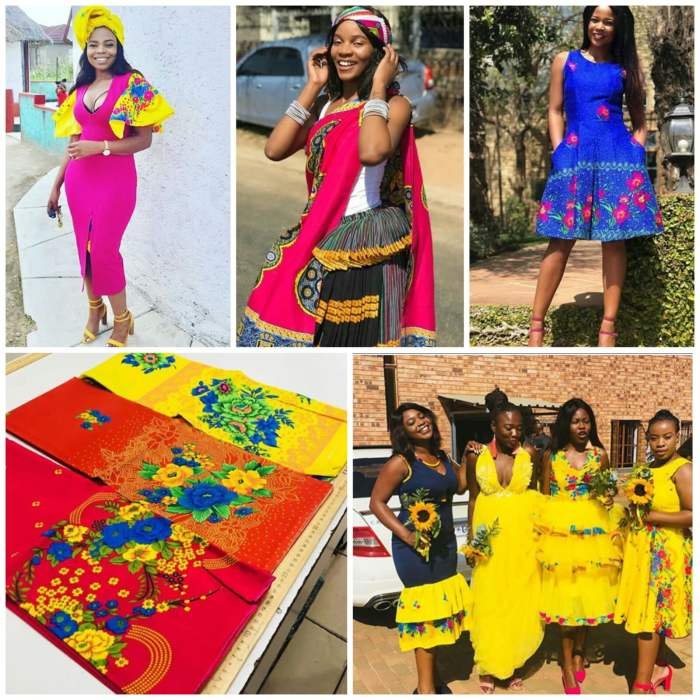
Traditional dresses are not mere garments; they are imbued with deep cultural significance and symbolism. They reflect the cultural identity, values, and beliefs of a community.
The colors, patterns, and motifs found in traditional dresses often have specific meanings. For example, in many cultures, red is associated with good luck and prosperity, while white symbolizes purity and innocence. Patterns and motifs may represent natural elements, such as flowers, animals, or geometric shapes, which hold cultural or religious significance.
Cultural Identity
Traditional dresses serve as a visible expression of cultural identity. They allow individuals to connect with their heritage and feel a sense of belonging to a particular community.
Social Status
In some cultures, traditional dresses are used to indicate social status or occupation. For instance, in certain African societies, the type of fabric and the way it is worn can indicate a person’s wealth, rank, or marital status.
Religious Significance
Traditional dresses can also hold religious significance. In many cultures, specific garments are worn during religious ceremonies or festivals. These garments may symbolize the wearer’s faith or devotion.
Traditional Dresses in Modern Fashion
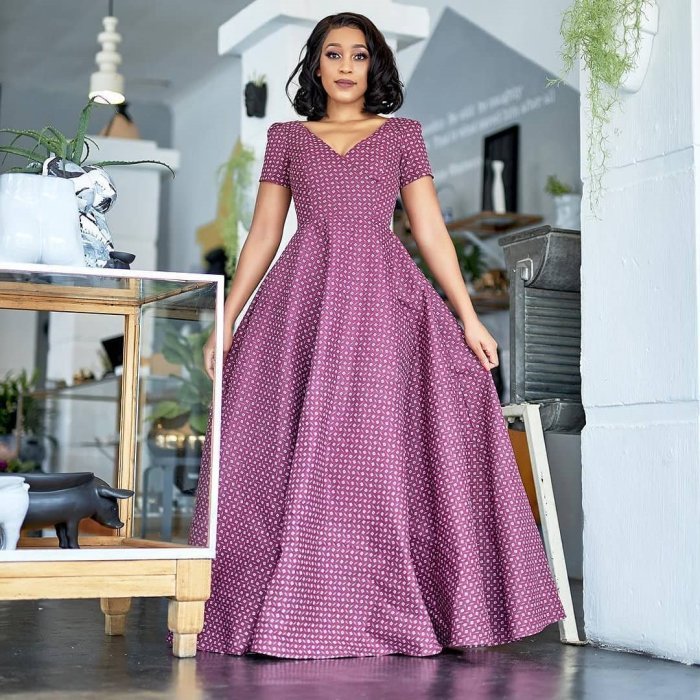
Traditional dresses continue to influence contemporary fashion, as designers seek inspiration from the rich heritage and cultural significance of these garments. By incorporating traditional elements into modern clothing, designers create unique and stylish pieces that celebrate cultural diversity and pay homage to the past.
Designers’ Inspiration
Designers find inspiration in the intricate embroidery, vibrant colors, and flowing silhouettes of traditional dresses. They incorporate these elements into their collections, creating garments that combine traditional aesthetics with modern trends.
Examples of Influence
- Embroidery:Traditional embroidery techniques, such as beading and appliqué, are used to embellish modern garments, adding a touch of opulence and cultural flair.
- Silhouettes:The flowing, draped silhouettes of traditional dresses are reinterpreted in contemporary fashion, creating elegant and ethereal garments.
- Colors:The vibrant colors of traditional dresses inspire modern designers to create bold and eye-catching pieces.
Women’s Dresses
Dresses have been a staple in women’s fashion for centuries, evolving in styles and trends to reflect cultural and societal changes. From elegant gowns to casual sundresses, dresses offer a wide range of options for different occasions and personal preferences.
Styles and Trends
Women’s dresses come in a myriad of styles and trends, each with its own unique characteristics, silhouettes, and fabrics.
Traditional fabrics and dresses have been passed down through generations, showcasing intricate designs and rich cultural heritage. While these traditional garments hold a timeless charm, modern fashion offers a wide range of options for those seeking a more contemporary look.
For instance, modest prom dresses under 100 dollars provide a stylish and affordable way to embrace both tradition and modernity, featuring elegant silhouettes and subtle embellishments that evoke the essence of classic fabrics and dresses.
- Maxi Dress:A long, flowing dress that reaches the ankles or floor, often made from lightweight fabrics like chiffon or cotton.
- Midi Dress:A dress that falls between the knees and ankles, offering a versatile length for various occasions.
- Mini Dress:A short dress that ends above the knees, often associated with casual and playful styles.
- Wrap Dress:A dress that wraps around the body and ties at the waist, creating a flattering and adjustable fit.
- Shift Dress:A simple, straight-cut dress that falls loosely from the shoulders, providing a comfortable and relaxed silhouette.
- A-Line Dress:A dress that widens gradually from the shoulders to the hem, creating an A-shaped silhouette.
- Fit-and-Flare Dress:A dress that is fitted at the bodice and flares out at the waist, accentuating the waistline.
- Ball Gown:A formal dress with a full, voluminous skirt, often made from luxurious fabrics like silk or satin.
The choice of dress style depends on factors such as the occasion, personal style, and body type. For example, maxi dresses are perfect for beachy or bohemian settings, while midi dresses offer a more sophisticated and versatile option for work or special events.
Traditional fabrics and dresses are rooted in cultural heritage, showcasing intricate craftsmanship and vibrant hues. For special occasions like weddings, chic dresses emerge as a fusion of elegance and modernity, combining traditional elements with contemporary silhouettes. These dresses embody both the timeless essence of traditional fabric and dresses and the fashion-forward appeal of modern designs.
Mini dresses are ideal for casual outings and parties, and wrap dresses flatter a variety of body shapes.
Dress Customization and Personalization
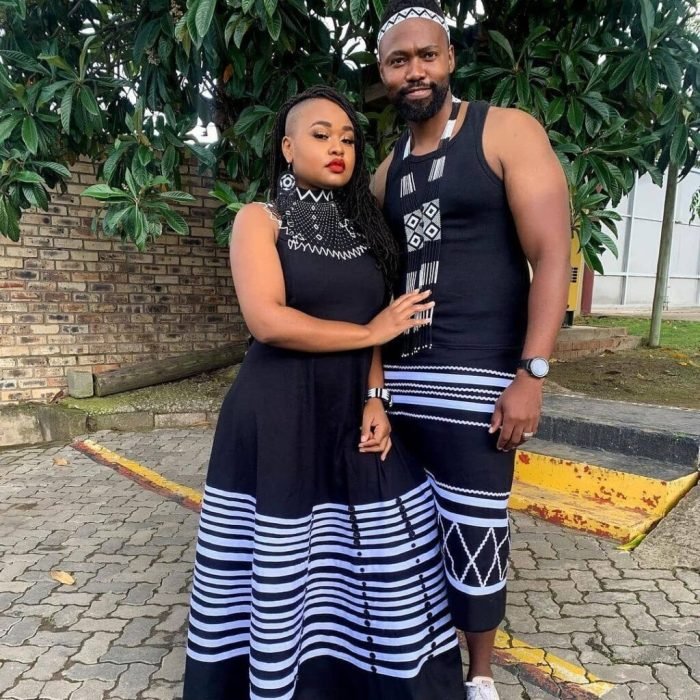
In the realm of fashion, the ability to customize and personalize one’s attire holds significant importance. It empowers individuals to express their unique style, preferences, and cultural heritage through their clothing.
Dress customization involves modifying or altering garments to fit specific body measurements, tastes, and desired aesthetics. This can range from minor adjustments to extensive transformations that create a one-of-a-kind piece.
Traditional fabrics and dresses have been passed down through generations, reflecting cultural heritage and craftsmanship. In modern times, however, these traditions have been complemented by innovative designs like glowing prom dresses. These dresses incorporate advanced materials and technologies, allowing for luminescent effects that enhance the wearer’s presence and create a captivating ambiance.
While glowing prom dresses may not be considered traditional in the strictest sense, they showcase the evolution of fashion and the ongoing interplay between tradition and innovation in the realm of fabrics and dresses.
Alterations
Alterations are a common form of customization, ensuring that a dress fits the wearer perfectly. This includes adjustments to the length, width, neckline, and sleeves to enhance comfort and create a flattering silhouette.
Embellishments, What are traditional fabric and dresses
Embellishments add decorative elements to dresses, transforming them into statement pieces. These can include beading, embroidery, lace, sequins, or appliqués. By incorporating these embellishments, individuals can personalize their dresses to reflect their personality and style.
Accessories
Accessories play a vital role in completing a personalized look. Belts, scarves, jewelry, and headpieces can be used to complement the dress and enhance its overall impact. Accessories can be chosen to match the color, texture, or theme of the dress, creating a cohesive and stylish ensemble.
Traditional fabrics and dresses vary widely in terms of materials, designs, and cultural significance. From the intricate embroidery of traditional Indian sarees to the flowing silhouettes of Japanese kimonos, these garments showcase the rich diversity of cultural heritage. In contrast, women’s skater dresses uk offer a modern twist on traditional attire, featuring flared skirts and playful prints.
While embracing contemporary trends, these dresses continue to reflect the timeless elegance of traditional fabrics and dresses.
The benefits of creating a unique and personalized dress are numerous. It allows individuals to:
- Express their individuality and style
- Create garments that fit perfectly and flatter their body type
- Incorporate cultural or personal symbols and motifs into their attire
- Stand out from the crowd with one-of-a-kind pieces
Dress Care and Maintenance: What Are Traditional Fabric And Dresses
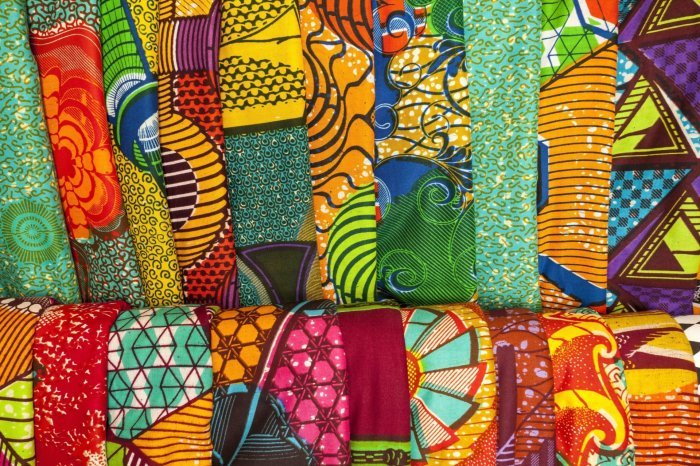
Preserving the beauty and longevity of traditional dresses requires proper care and maintenance. By following these guidelines, you can ensure your dresses remain in pristine condition for years to come.
Proper Storage
- Store dresses in a cool, dry place away from direct sunlight and moisture.
- Hang dresses on padded hangers to prevent stretching or tearing.
- Use acid-free tissue paper or muslin bags to protect dresses from dust and insects.
Cleaning
- Refer to the care label for specific cleaning instructions.
- Dry clean delicate fabrics such as silk, lace, and velvet.
- Hand-wash delicate fabrics using mild detergent and cold water.
- Air-dry dresses on a line or flat surface to prevent shrinkage.
Preservation
- Regularly inspect dresses for stains or damage.
- Repair small tears or loose seams promptly.
- Consider storing valuable dresses in a climate-controlled environment.
- Have dresses professionally cleaned and preserved every few years to extend their lifespan.
Final Summary
In conclusion, what are traditional fabric and dresses are a captivating tapestry woven from the threads of history, culture, and artistry. They embody the rich diversity of human expression and continue to inspire contemporary fashion and design. As we continue to explore and appreciate these cultural treasures, we gain a deeper understanding of the world’s vibrant heritage and the enduring power of human creativity.
FAQ Explained
What is the difference between traditional fabric and modern fabric?
Traditional fabrics are typically made from natural fibers such as cotton, wool, silk, or linen, while modern fabrics may be made from synthetic fibers such as polyester, nylon, or spandex.
What are some examples of traditional dresses?
Examples of traditional dresses include the kimono of Japan, the sari of India, the hanbok of Korea, the dirndl of Germany, and the kilt of Scotland.
What is the cultural significance of traditional dresses?
Traditional dresses often reflect the cultural identity, values, and beliefs of a particular region or group of people.